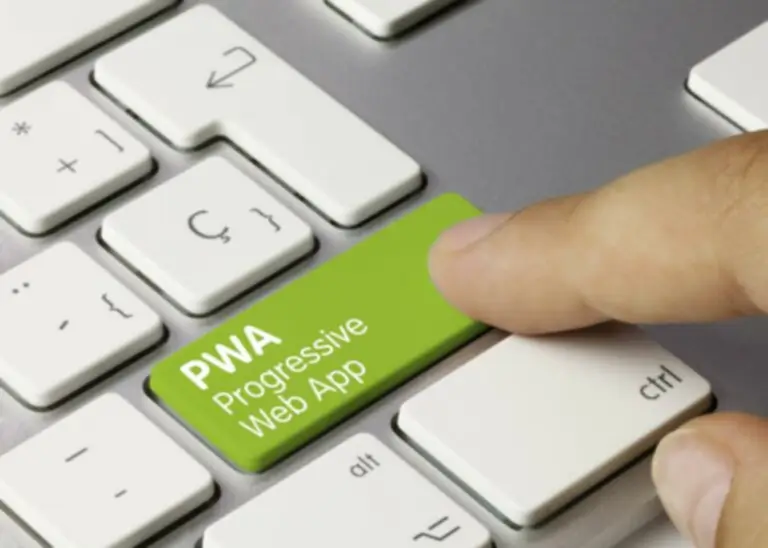This structured approach minimizes defects, reduces rework and ensures the ultimate product meets expected requirements. Manufacturing Facility Acceptance Testing (FAT) and Site Acceptance Testing (SAT) are important in phrases of guaranteeing that your tools was constructed to final. The FAT will help you visually guarantee your gear meets the specifications of the acquisition order (P.O.), or contract. Following these 10 steps of successful testing will ensure the reliability of the product and supply necessary efficiency and operational perform testing to make sure the equipment performs as designed and expected.
Distinction Between Sat And Fats

Manufacturing Unit Acceptance Testing (FAT) and Web Site Acceptance Testing (SAT) are critical steps in the validation course of of equipment and systems in GMP facilities. FAT ensures that the tools meets specifications and functions as supposed before it’s shipped to the client. SAT validates the correct installation, functionality, and integration of the equipment at the customer’s site https://www.globalcloudteam.com/.
Acceptance criteria in project administration are the specific situations, necessities or standards that a deliverable should meet before it’s accepted by stakeholders, shoppers or end customers. These criteria define what is considered a successful completion of a project, task, or product function. On the opposite hand, SAT may face delays due to unanticipated site-specific points.
Project stakeholders, together with shoppers, product homeowners and enterprise analysts sometimes define acceptance criteria. They ensure the deliverables align with enterprise targets, regulatory necessities and stakeholder expectations. Stakeholders present enter on what success seems like and specify important options, performance and quality requirements. FAT helps cut back dangers by identifying and resolving points early in the process. They can detect and address any efficiency or compliance points before shipping. This prevents expensive corrections or delays during SAT, which is carried out on-site.
If possible, review the FAT documents prior to the FAT so you know what to anticipate. Standard testing includes functional and security testing, such as alarms and warnings, however there may be extra customer-specific testing. Incorporating this into the FAT paperwork prematurely will greatly reduce the testing time. It is standard apply for a website acceptance check to be preceded by a manufacturing facility acceptance test. The goal of both checks is to match machine specs with buyer necessities and to confirm them via numerous check procedures.
- The SAT must be scheduled in spite of everything installations and initial system integrations are complete, ensuring that the system is totally assembled and prepared for a real-world efficiency examine.
- Assessing the system’s performance beneath various load circumstances to make sure it meets necessities.
- By guaranteeing the gear meets buyer requirements, SAT enhances buyer satisfaction and builds belief in the manufacturer’s capabilities.
- The take a look at scope is communicated to the customer upfront to satisfy both the requirements and often the precise expectations of the customer.
- The FAT schedule should embody a every day record of activities, identifying every component within the system to be checked on a given day.
- From this, it ensures that equipment features as a part of a well-coordinated system.
Manufacturing Unit And Site Acceptance Checks
The involvement of all stakeholders in creating and reviewing the steps used for testing gadget functionality and failure situations can be a crucial risk mitigation method. Offering testing documentation to machine operators, high quality personnel, and even production site acceptance testing and sanitation staff, as nicely as course of engineers, will increase the possibilities of figuring out all functions requiring testing. If the FAT check plan uncovers deficiencies within the design, it provides the group the chance to make modifications at minimal costs. Putting an emphasis on early-stage testing ensures that each the software and the system are developed with a concentrate on both correct functionality and operator security.

Challenges And Greatest Practices In Fats And Sat

Every may be filtered to concentrate on key knowledge factors or present a abstract of progress to share with stakeholders. They streamline the payroll course of but additionally observe labor prices to help keep to the price range. A necessities traceability matrix (RTM) helps observe acceptance standards from definition to validation. It ensures that all project necessities are linked to their corresponding tests and deliverables, helping groups confirm that each requirement is met before approval. Begin by determining who is responsible for defining and approving the acceptance standards. Participating the best stakeholders ensures that the acceptance criteria replicate real enterprise wants and expectations.
In addition, steady and clear communication with the client is required, which is a real problem because of the giant variety of folks concerned. Especially if activities are not completely monitored and documented and accessible at all times centrally. Last however not least, a sophisticated, inefficient acceptance course of that’s not transparent to everyone concerned additionally increases the customer’s costs and time spent throughout set up, commissioning and acceptance.
The check plan is a tool used to clearly illustrate the schedule and sequence of tests or inspections based on gear order specifications and useful requirements. When reviewing the test plan with the client, all needed reference paperwork or acceptance criteria must be outlined. One of the team members, usually a person engineer, ought to be selected as the FAT group chief. The team chief should present a list of vendor requirements in written correspondence before the scheduled FAT. The number of members is dependent upon the expertise as nicely as the size and complexity of the examined system.
SAT offers a chance to check the equipment under the actual environmental situations, guaranteeing that it performs optimally. A Site Acceptance Check (SAT) is the qualification stage adopted by the FAT and it includes a collection of testing done on gear, carried out on the owner representative website. The SAT provides documented evidence that the equipment/system has been delivered in good situation and has not been affected by the transportation. With a track report of profitable SAT initiatives, SAROM GLOBAL has earned a reputation for delivering dependable and high-quality testing services. After the site has been cleaned and all fixtures have been installed, an inner box pressure and ventilation verify is carried out.
The primary objective of this text is to provide an summary of the great subject of Manufacturing Facility Acceptance Checks (FAT) and Site Acceptance Exams (SAT). Ensures Quality Compliance – Verifies that the system or machine meets all predefined necessities and specs. Documentation – Document and consider test outcomes to find out if the system meets the required specs.
Website Acceptance Testing (SAT), nevertheless, takes place on-site at the customer’s location. It accounts for real-world operational circumstances, similar to environmental elements Software Сonfiguration Management and system integration. SAT ensures the gear operates effectively inside its actual environment. It verifies compatibility with present techniques and confirms its readiness for on a regular basis use.